Mobile gaming is on the rise, with Backbone and GamePass at the head
An app and controller combo for the new world.
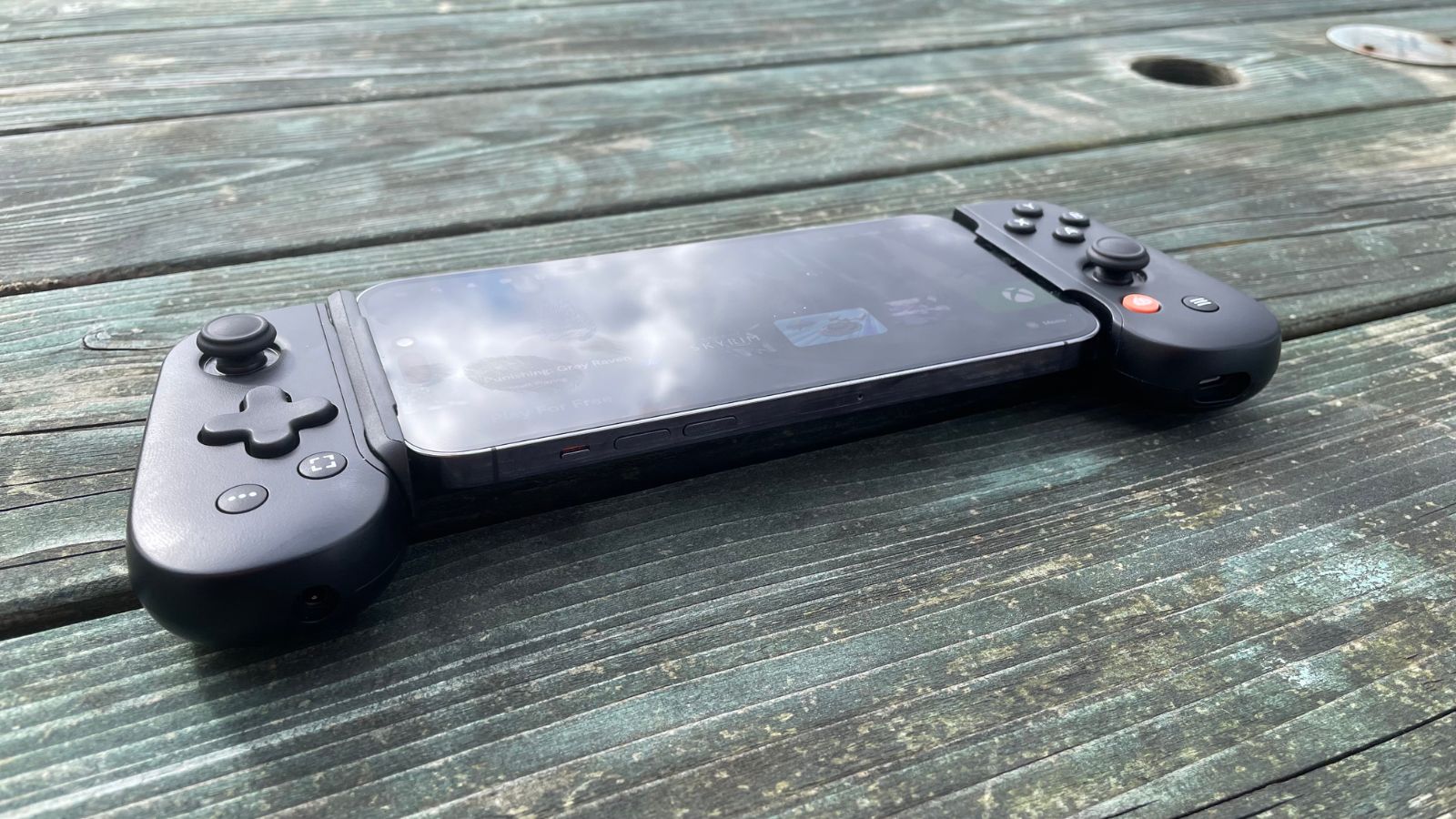
Gaming on a mobile device has grown massively since games on our iPhones became more complex than just ‘here’s a copy of Tetris with on-screen controls’. Now, you can play almost console-quality games natively on your device, using controllers that plug in to give you more solid input.
With Cloud gaming becoming a more widely accepted way to play games, mobile gaming is one of the largest sectors within the gaming landscape. At the forefront is this Backbone, a one-two-punch combo of iPhone app and iPhone controller. It’s created with not only mobile gaming but cloud gaming at its core, with the connected app linking up to Xbox’s GamePass Ultimate service. We spoke to Maneet Khaira, the founder and CEO of Backbone, to talk all about Backbone and mobile gaming.
Backbone is built for cloud gaming
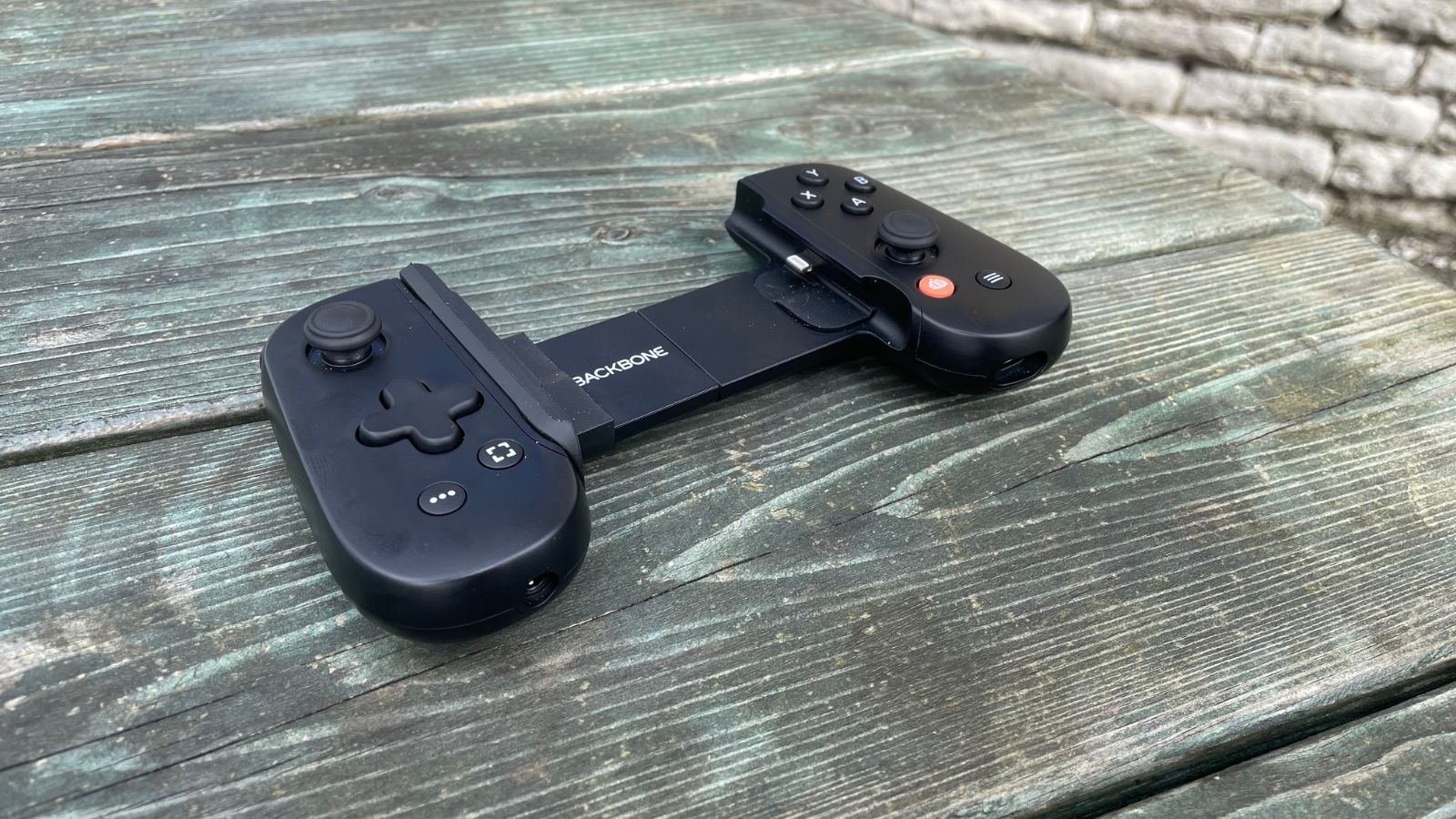
The Backbone One controller is an impressive piece of kit. The buttons are small and clicky, the triggers smooth and satisfying, and the analog sticks are comfortable. The controller took a lot of work to get right. Maneet tells me, “In total, we probably spent around two and a half years on the overall design and user experience, starting from the basic forms, just seeing what overall shape would make sense not just from an ergonomics perspective, but also from an industrial design perspective.”
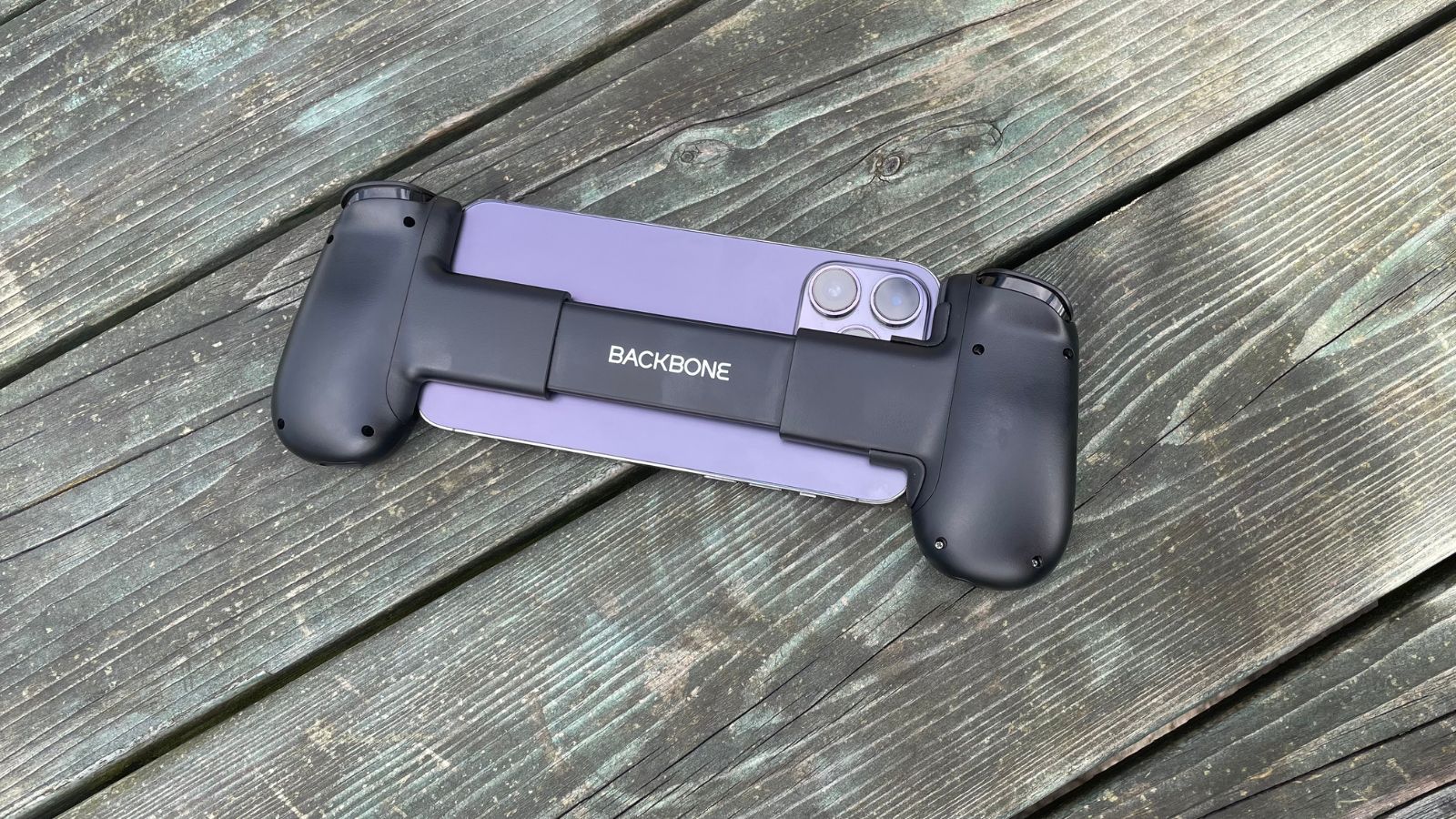
And it worked. The Backbone isn’t just functional, it’s an attractive controller to boot. It's solid, and feels extremely well-made. It fits in the hand well, and the Xbox-layout analog sticks, while not to everyone’s taste, fit my use case almost perfectly. Maneet told me that the design was a collaborative effort with Astro Studios, the designers of the Xbox 360. Backbone doesn’t want to be just another third-party controller, it wants to be what all other mobile controllers are measured against.
One of the main things that helps with this is attention to detail from the Backbone team. “We wanted to create a trigger in a very small form factor, that still had a very good feeling,” Maneet recalls. “It’s extremely compact, but still has a full five millimeters of travel, so you can play, for example, a racing game like Gear Club or Asphalt. Another one is the L1 R1 bumpers, which are around thirty-two millimeters across the top, which is important because a lot of kids have small hands.”
We incorporated feedback from a lot of pro players and content creators.
It was designed with input from professional gamers as well. Maneet says "we incorporated feedback from a lot of pro players and content creators that I knew from YouTube." He continued "I'd send them the product for advice and they'd send me back a lot of very critical feedback." Maneet knows that the reason his product is so good is because of how critical this feedback was. "I think if you criticize something enough, you'll eventually get something that's good" he noted.
The controller is the first part of the Backbone brand that users and customers see, so it was important that they got it right. But Backbones unique selling point is one that not many other controllers have, and it's one that essentially acts as the backbone of Backbone - the excellent app.
Master your iPhone in minutes
iMore offers spot-on advice and guidance from our team of experts, with decades of Apple device experience to lean on. Learn more with iMore!
Backbone’s backbone
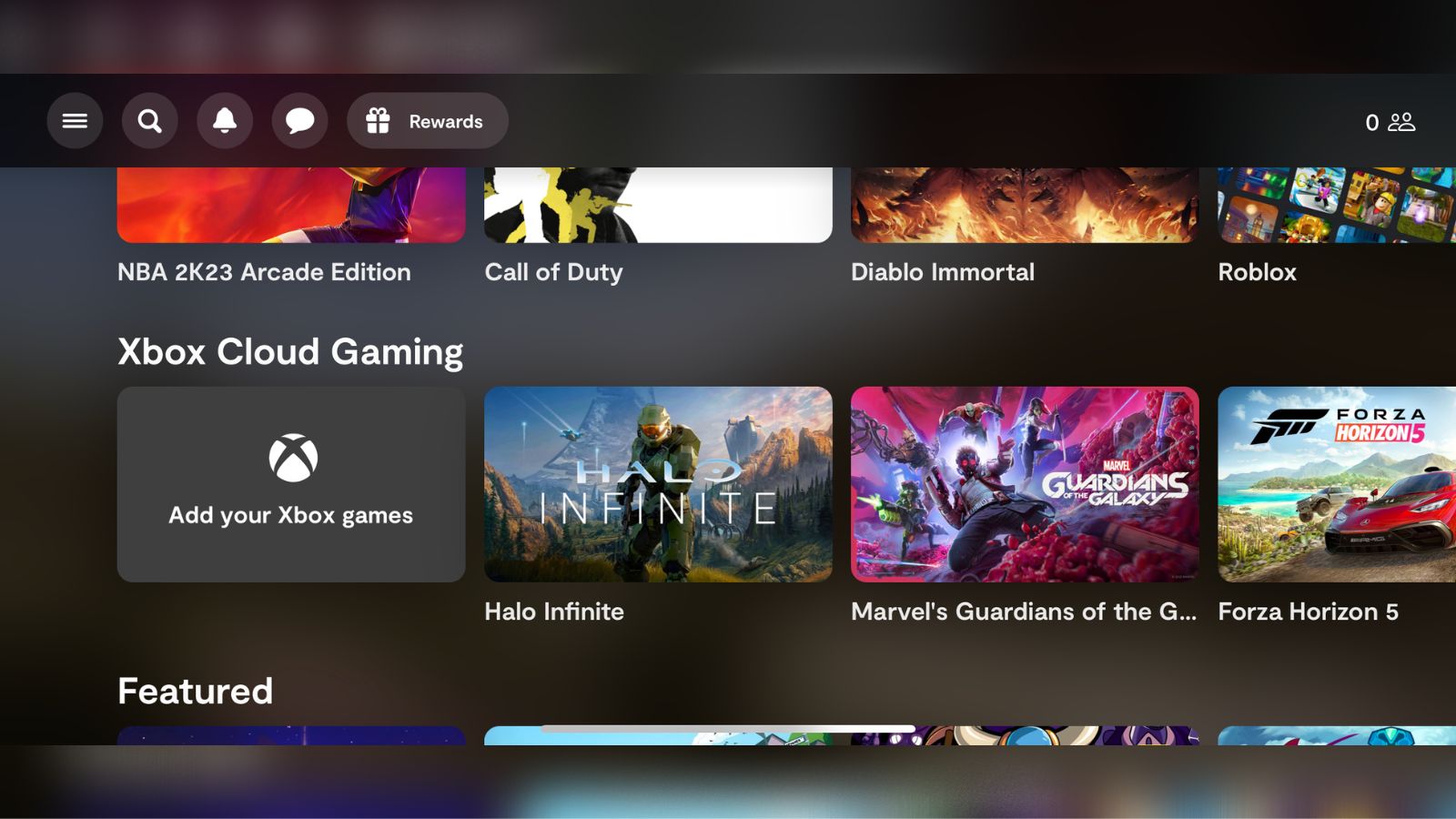
The Backbone App collates controller-supporting games from a number of services. You can download games from the Apple App store and Apple Arcade directly from the app, and it will tell you if there is anything you might need to know about the game before you get started. Action RPG Punishing: Gray Raven for example will only let you use a controller once you’ve completed the introductory tutorial, and the app lets you know before you play so you don’t get confused.
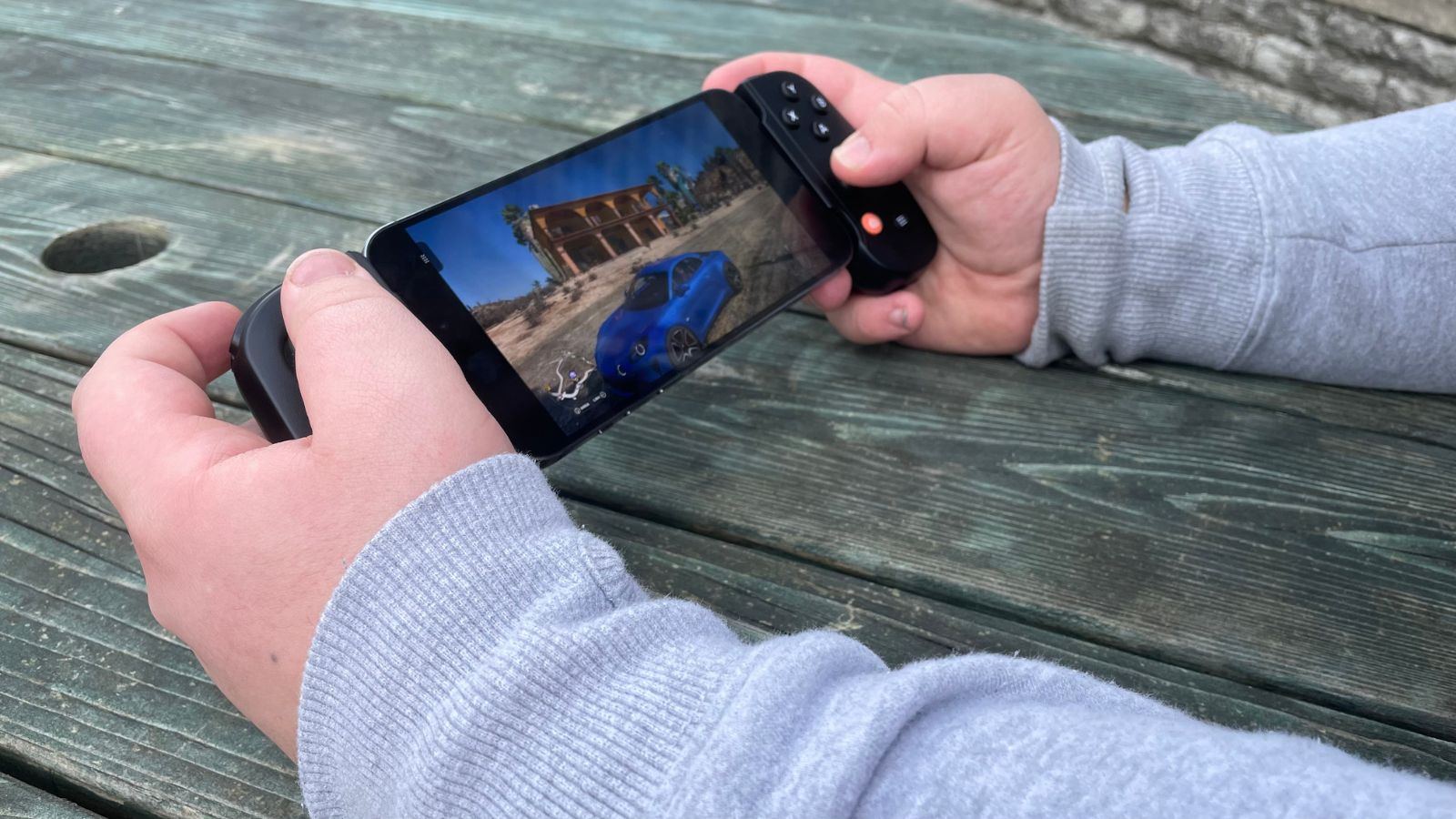
But it’s the UI of the app that’s super important, and it’s deliberately supposed to make it feel like you’re not playing on a phone. “In addition to the incredible device input that the team is working on, we could make it feel like you’re not playing on a smartphone anymore.” Maneet continues, “that was the ultimate goal, with the software. How do we abstract away the fact that you’re gaming on a smartphone, so that it feels like you’re on a dedicated host device? We realized that we had to design the interface from the ground up in order to do that.”
The UI does pull you out of the iPhone space. It feels, as Maneet says, ‘like a TV streaming interface’ not only so that it works better with a controller, but also furthering that feeling that your smartphone is now a dedicated gaming device.
So the sum total of the experience was the product of a lot of ideation: As we were making one thing, we would have an idea for another.
A lot of thought had to go into how the app would run on other, less capable devices as well. We don’t all have access to an iPhone 14 Pro Max, after all. “The application even runs smoothly on the very lowest phones supported by iOS 16, the iPhone 7, for example,” Maneet says of device compatibility. “And so the sum total of the experience was the product of a lot of ideation: As we were making one thing, we would have an idea for another.”
One of the app's focuses is cloud gaming. You can connect your Xbox Live GamePass Unlimited account so that you can play games from the Xbox GamePass library on your device, wherever you are in the world, depending, of course on your internet connection. When that connection is good and stable, then it’s a fantastic way to play games – and not only is Maneet all in on Cloud gaming, he was lucky enough to see it early on.
Cloud Gaming on iPhone with Backbone
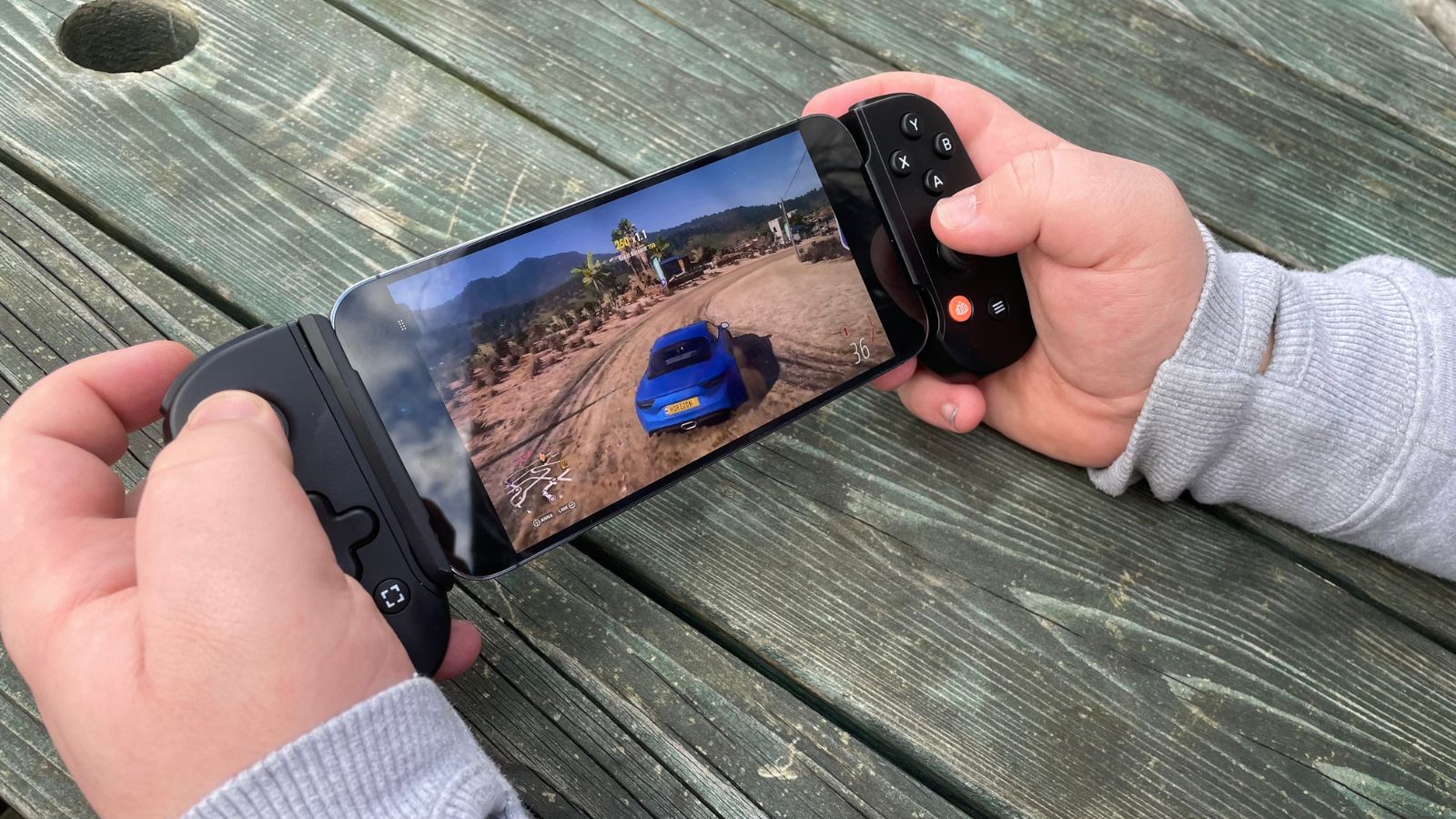
Before creating Backbone in his sophomore year in college, Maneet worked at Google, in the Youtube team. There, he saw his first glimpse of cloud gaming, and what it might mean for the future of gaming. “I was really lucky to be in a small group of people in 2017/2018 that knew about the technology being developed at a data center level” he says, “not just at Google where I was working but also at Microsoft and Amazon. It would let you stream games to any device in your life.”
Seeing an Android phone running console games while he was working at Youtube really sealed the deal for Maneet – it truly felt like the future. At its core, that’s what Backbone feels like it was made for. The controls are amazing for native games, but they are console-quality inputs for console-quality games. Games that you can’t run on the device itself, but can be run and sent over the air to you from a mega console somewhere else.
The original impetus for the idea, and the company's motivation and vision, is to reach the three billion people that play games on mobile devices.
It’s a remarkable feeling, playing something like Forza Horizon Five on your mobile phone, especially with a good controller hooked up to your phone.
It’s a growing industry and one that Maneet wants to make more accessible to a larger number of players. “The original impetus for the idea, and the company's motivation and vision, is to reach the three billion people that play games on mobile devices.”
For traditional players, Maneet views Backbone and cloud gaming as something like an extra, another way to play your games when you’re not near your consoles. “[For players with a] PlayStation 5 and Series X it would be more of an extension.” But it's that newer audience where the growth is, and making cloud gaming as accessible as possible is the key to getting more people on board with the technology. “For some users, it could be their first gaming device, where they may not already have access to a console,” he tells me.
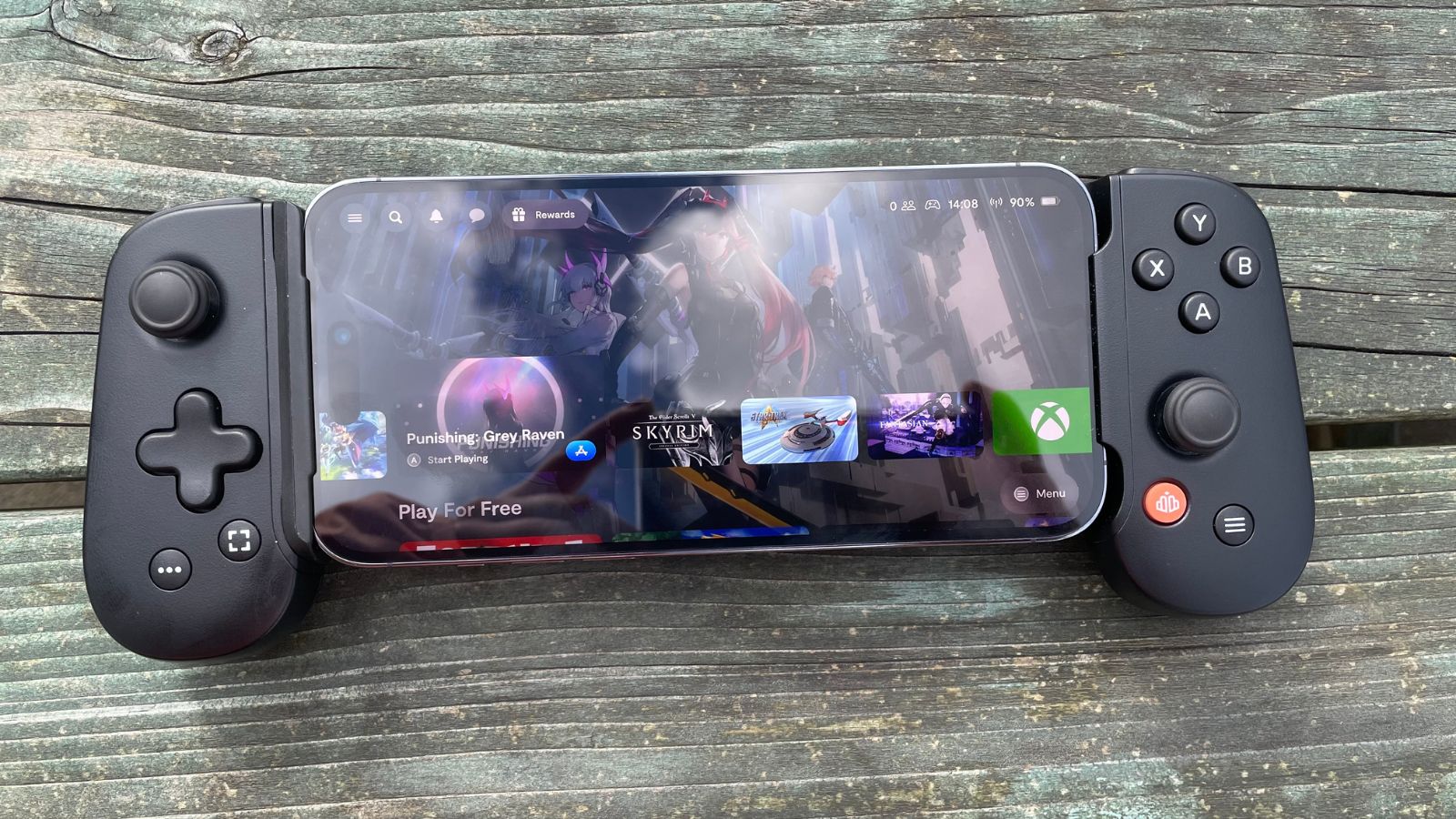
It’s why you get a free month of GamePass in the box when you open up your new Backbone controller, and why the app shows you games from all the different systems. I get the feeling that Maneet isn’t just passionate about the games, but about getting them into people’s hands. Consoles and PCs are expensive devices. We all have phones, however, and if you can get the app to run, then you can spend $100 and get some of the console experience on your phone. It’s about access, allowing people to play games without spending loads. It’s ingenious.
It’s also a very, very smart business move.
Cloud gaming on the rise
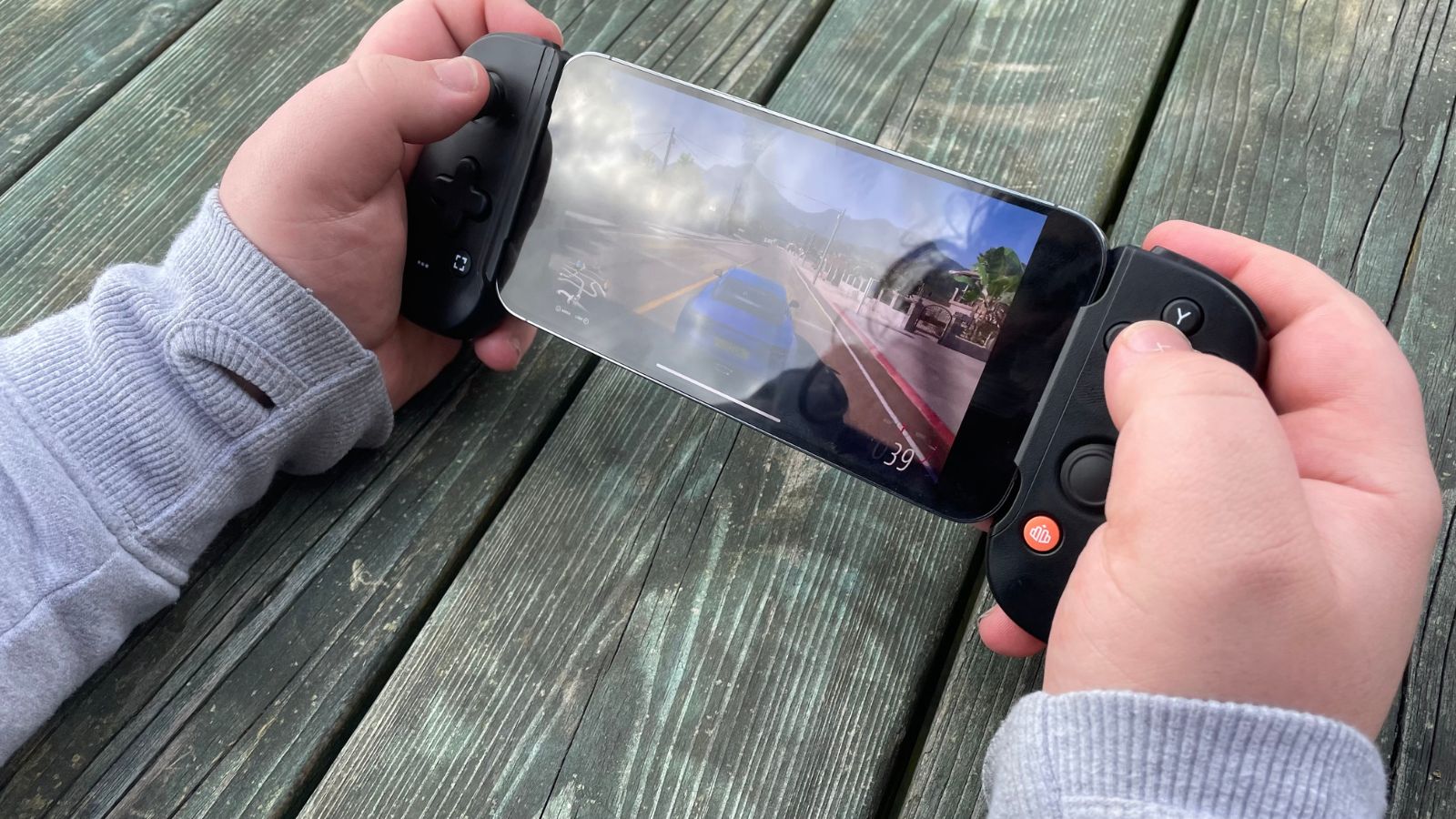
Maneet sees Cloud gaming as the future, particularly on mobile. Given that GamePass ultimate has been the most opened part of the Backbone app over the last year, it’s obvious that his focus seems to be in the right place. That three billion people playing mobile games is a rich space to expand into, especially if you give them something great to put their phones in.
Cloud Gaming may be on the rise, but it’s also seen its fair share of detractors. Apple is none too happy about having streaming platforms like Nvidia GeForce Now and GamePass Ultimate on the App Store, so if you’re on iPhone then it can make getting those cloud games running. In both cases, the games have to run through the browser. Maneet isn’t worried. “People access a lot of products through the browser, so it’s not a huge hindrance to have to deal with that” he says. “I think ultimately if there’s enough purchase intent, or if there’s enough interest on the part of the user, they’ll jump through a lot of friction. And gamers are used to friction, and they handle it quite well.”
GamePass Ultimate has been the most opened part of the Backbone app over the last year.
It doesn’t seem to ruin the experience either. If you’re unlucky like me, and your internet appears to be running on tech from the eighties, then there are going to be issues. When it works, however, you’re not going to notice that the game is running in a browser.
You’re not even going to notice that the game is running on your phone.

As iMore's Senior Staff writer, Tammy uses her background in audio and Masters in screenwriting to pen engaging product reviews and informative buying guides. The resident audiophile (or audio weirdo), she's got an eye for detail and a love of top-quality sound. Apple is her bread and butter, with attention on HomeKit and Apple iPhone and Mac hardware. You won't find her far away from a keyboard even outside of working at iMore – in her spare time, she spends her free time writing feature-length and TV screenplays. Also known to enjoy driving digital cars around virtual circuits, to varying degrees of success. Just don't ask her about AirPods Max - you probably won't like her answer.
